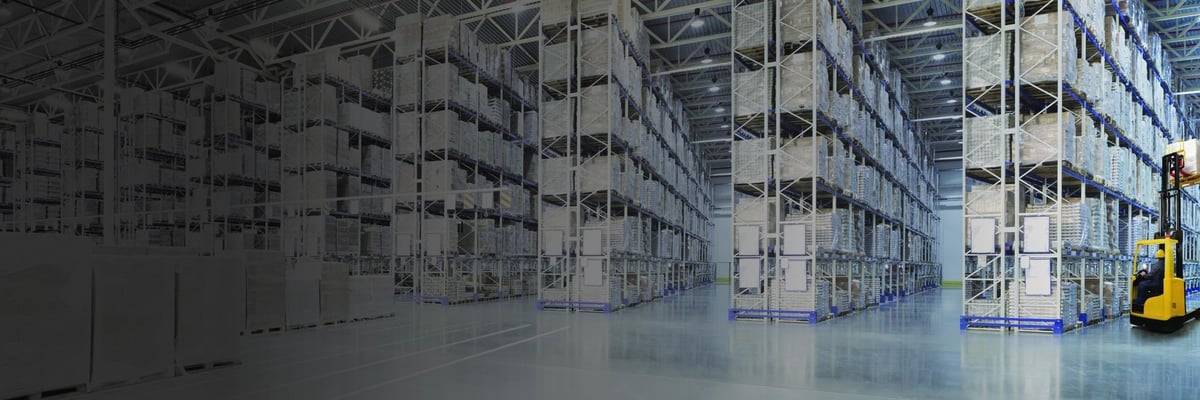
Optimizing Forklift Batteries Performance
In the fast-paced world of warehouse management and logistics, forklift batteries play an essential role in ensuring smooth operations. With the right approach to optimizing forklift batteries performance, businesses can enhance productivity, reduce costs, and prolong the lifespan of their equipment. This article delves into various strategies and best practices for achieving optimal performance from forklift batteries.
Understanding Forklift Batteries: Types and Functions
Before we dive into optimization techniques, it’s crucial to understand what forklift batteries are and how they function.
Types of Forklift Batteries
There are primarily two types of forklift batteries— lead-acid and lithium-ion. Each has its own set of characteristics that impact performance.
- These traditional batteries have been used for decades in forklifts. They are reliable and cost-effective but require regular maintenance.
- Pros: Lower initial cost, widely available.
- Cons: Heavier weight, longer charging times, shorter lifespan compared to lithium-ion.
- A newer technology that is gaining traction due to its efficiency and lower maintenance requirements.
- Pros: Faster charging times, longer lifespan, lighter weight.
- Cons: Higher initial investment.
How Forklift Batteries Work
Forklift batteries convert stored chemical energy into electrical energy to power the motor. The efficiency of this conversion process affects overall performance. Factors like temperature, discharge rates, and maintenance can significantly impact how well a battery performs.
- Temperature: Extreme temperatures can cause battery degradation.
- Discharge Rates: Consistent deep discharges can shorten a battery's lifespan.
By understanding these fundamentals, you’re better equipped to implement strategies for optimizing forklift batteries performance.
Optimizing Forklift Batteries Performance
So how can you enhance the efficiency of your forklift batteries? Let's break down some effective methods to ensure they perform at their best.
Regular Maintenance Is Key
Regular maintenance is non-negotiable when it comes to optimizing forklift batteries performance. Here’s what you should 48 volt flat plate forklift batteries by Battery Builders consider:
- Schedule inspections every three months or based on usage.
- Check for corrosion on terminals and clean them if necessary using a mixture of baking soda and water.
- For lead-acid batteries, maintaining proper water levels is vital. Always ensure that the electrolyte solution covers the lead plates without being overfilled.
- Keep battery terminals clean and free from dirt or corrosion to promote efficient electrical flow.
- Regularly calibrate your charger settings according to the specific type of battery being used.
Charging Practices That Enhance Lifespan
The way you charge your 36 volt flat plate forklift batteries by Battery Builders forklift batteries can significantly affect their longevity and efficiency:
- Deep discharges can lead to sulfation in lead-acid batteries, which reduces capacity over time.
- Invest in smart chargers that automatically adjust charging cycles based on battery needs—this helps prevent overcharging.
- Instead of waiting until the end of a shift, consider topping off the charge during breaks or downtime to keep your battery in optimal condition.
| Charging Practice | Benefits | |------------------------|----------------------------------------| | Avoiding Deep Discharge| Reduces sulfation | | Using Smart Chargers | Prevents overcharging | | Charging During Breaks | Keeps battery topped off |
Optimal Operational Guidelines
To further optimize forklift batteries performance, operators should adhere to certain guidelines while using forklifts:
- Ensure all operators are trained in proper forklift usage techniques that minimize strain on the battery.
- Overloading forklifts places additional stress on the battery; always adhere to load recommendations given by manufacturers.
- Operating forklifts in extreme temperatures can affect battery performance; try to maintain a stable environment where possible.
- When not in use for extended periods, store forklifts with their batteries charged but disconnected from power sources where feasible.
Frequently Asked Questions (FAQs)
1. What is the average lifespan of a forklift battery?
The average lifespan varies depending on type; lead-acid batteries typically last 3-5 years 80 volt flat plate forklift batteries by Battery Builders while lithium-ion options may last up to 10 years with proper care.
2. How often should I charge my forklift battery?
Charge your forklift battery after each shift or whenever it reaches a discharge level below 20% for optimal health.
3. Can I charge a lithium-ion battery overnight?
Absolutely! Lithium-ion batteries are designed for rapid charging without damaging them even if left plugged in overnight occasionally.
4. What factors influence charging times?
Charging times are influenced by temperature conditions, charger specifications, battery state of charge (SOC), and whether you’re using fast or standard chargers.
5. Are there environmental impacts associated with fork-lift batteries?
Yes! Lead-acid batteries contain toxic materials that require careful disposal; however, lithium-ion options are more environmentally friendly due to fewer hazardous substances involved in production.
18 volt flat plate forklift batteries by Battery Builders6. How do I know if my forklift battery needs replacement?
Signs include reduced run time between charges, slow lift speeds when loaded, or physical damage such as swelling or leaking acid (for lead-acid).
Conclusion
Optimizing forklift batteries performance isn't just about increasing productivity; it's about making informed decisions that contribute positively towards operational efficiency and sustainability within your business framework. By following best practices—ranging from regular maintenance schedules, effective charging techniques through operator training—you’ll not only extend the life of your equipment but also save money in the long run!
In summary:
- Understand different types of forklift batteries available
- Prioritize routine maintenance
- Implement effective charging practices
- Train operators adequately
Taking these steps together enhances not just individual performance but overall operational success as well! So don’t wait—start implementing these strategies today!
